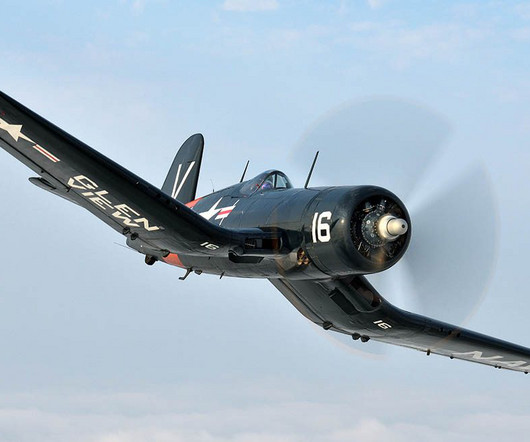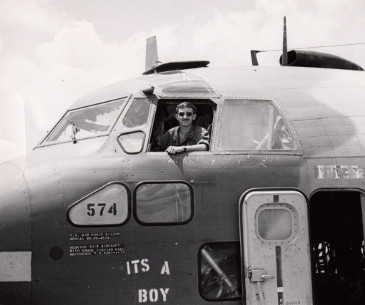How to Read a Windsock
Pilot Institute
JANUARY 3, 2025
Standard FAA aviation windsocks are calibrated to fully extend at a wind speed of 15 knots. The windsock is normally placed next to a runway or helipad so that you can easily see it when lined up for takeoff or coming in for a landing. How To Read a Windsock Hanging limp : Winds are under 3 knots. Why is it called a windsock?












Let's personalize your content